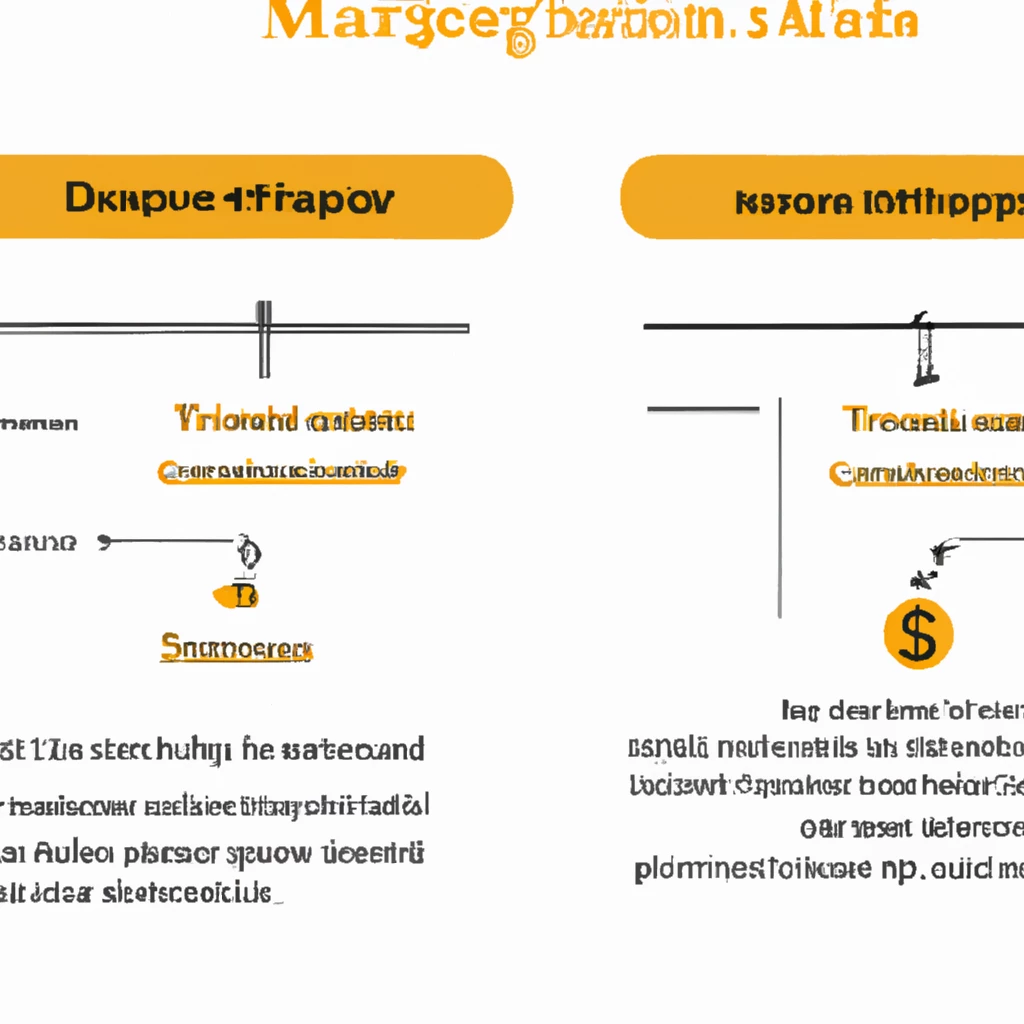Understanding Margin Debt
Margin debt refers to the debt incurred when a brokerage customer engages in trading on margin, offering opportunities for leveraging investments.
When investing in securities through a broker, individuals can opt for a cash account, covering the total investment cost themselves, or a margin account, where they borrow a portion of the initial capital from their broker. The borrowed part is termed margin debt, while the self-funded part is equity.
Utilizing margin debt presents risks and potential benefits for investors.
Explaining Margin Debt Mechanics
For instance, consider an investor named Sheila, aiming to purchase 1,000 shares of Johnson & Johnson (JNJ) at $100 per share. To leverage her investment, she can only borrow 50% of the initial amount due to Regulation T regulations.
Sheila deposits $50,000 as the initial margin, while assuming $50,000 as margin debt, using the purchased shares as collateral.
Note that brokerages may impose stricter policies than regulatory guidelines regarding margin borrowing.
Excessive margin trading, like during the 1929 U.S. stock market crash with more lenient rules, exemplifies the risks of leverage.
Pros and Cons of Margin Debt
Despite offering potential benefits, margin trading carries risks, making it unsuitable for novice investors or those unprepared for losses.
Risks
In a scenario where stock prices drop, margin debt can lead to margin calls triggering the sale of securities unless additional funds are deposited to meet maintenance margins.
Brokerages may enforce higher margin maintenance requirements than regulatory norms.
-
Buying on margin permits trading with borrowed funds
-
Leveraging investments can amplify gains, yielding greater profitability
Cons
-
Margin trading entails debt repayment obligations
-
Market downturns may prompt margin calls, necessitating rapid cash infusions
Benefits
In another situation, rising stock prices demonstrate how trading on margin can yield substantial returns, showcasing the tradeoff between potential gains and risks associated with leverage.
Investors typically have two to five days to respond to margin calls to prevent securities liquidation.
How Long Do You Have to Answer a Margin Call?
Brokerages usually grant customers a brief window, typically two to five days, to meet margin call demands after notification.
How Much Money Do You Need to Trade on Margin?
Financial regulations stipulate a minimum deposit of either $2,000 or 100% of margin securities’ purchase value, with higher cash requirements for pattern day traders.
What Is a Pattern Day Trader?
Pattern day traders conduct four or more day trades within a short period, subject to specific FINRA regulations and brokerage classifications.
The Verdict
Margin trading offers potential for enhanced gains but entails considerable risks, necessitating sufficient cash reserves and risk tolerance for successful execution.
Prudent margin trading, beneficial for adept and judicious investors, demands caution, preparedness for losses, and careful risk management strategies.
